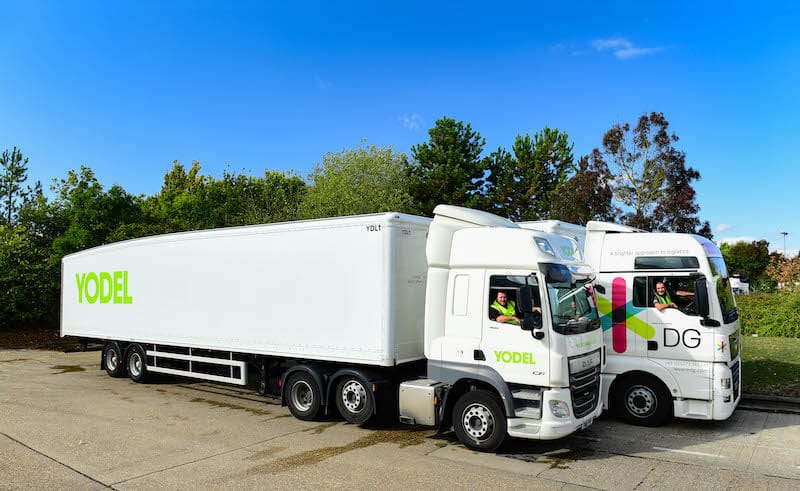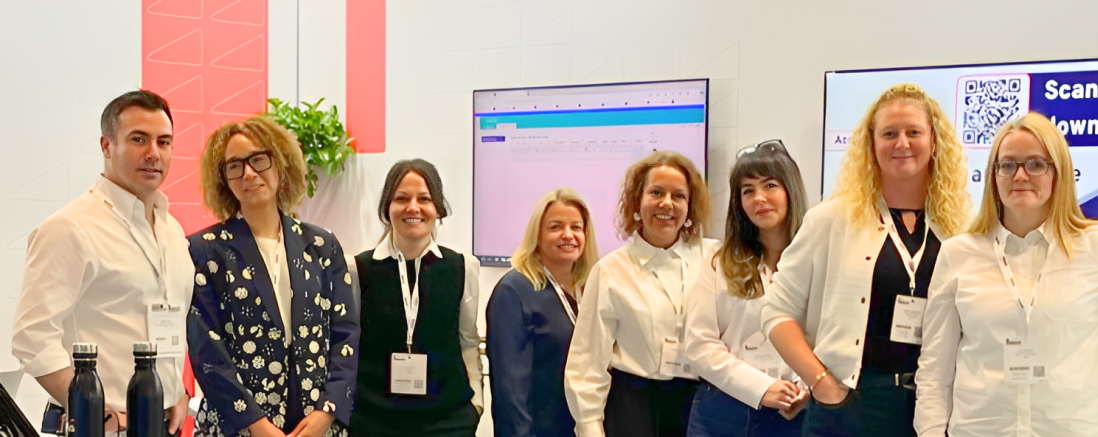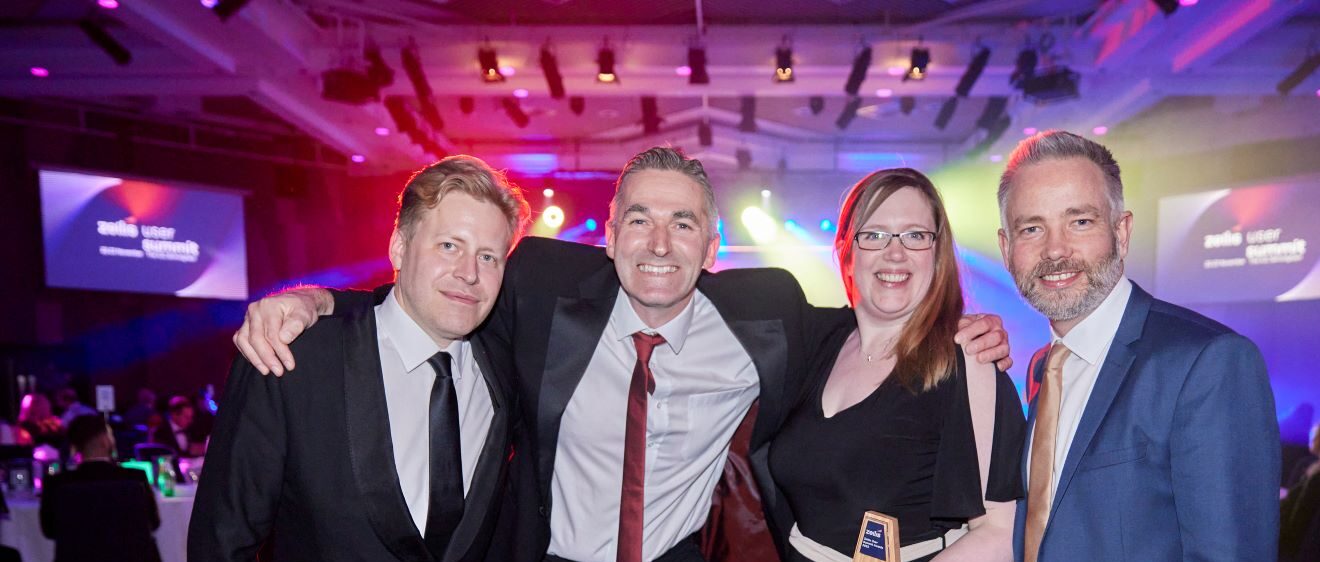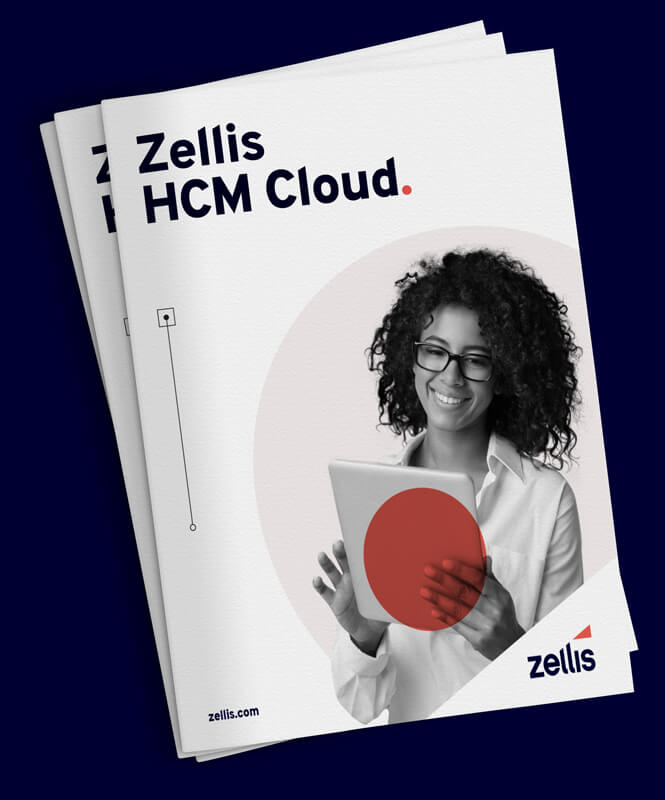Our latest report “The Art of Securing Your Preferred
Candidate” surveyed 2,000 individuals who had changed jobs in the last three
years. We found that the majority (56%) have turned down a position because a
better ‘all-round offer’ was available elsewhere.

This has clear implications for any company considering what
its overall job package looks like to a potential recruit. Beyond pay, they
need to think about perks, such as holiday entitlement and company cars, but
also career progression plans, investment in employee development and flexible
working arrangements.
A candidate’s decision is also likely to be affected by your
brand image – can your organisation present itself as a market leader? If not, you
may want to portray yourself as an up and coming ‘challenger’ brand. Either
way, companies will want to seize the initiative and ensure they are not seen to
be falling behind – especially when it comes to modern working practices.
Modern working
practices
According to the candidates we surveyed, one of the biggest
reasons for employees to turn down a job with higher pay was a lack of flexible
working hours. Almost a third (32.6%) were willing to walk away if the job
didn’t provide them with the work-life balance they were seeking. In such a
candidate driven market, employees are less tempted by larger salaries, and
more tempted by work-life balance.
To maintain this work-life balance, remote working is popular
flexible benefit. This growing trend requires
organisations to offer an assortment of tools, which can range from remote collaboration
software to 24-hour access to company systems.
Career progression
Before accepting a job, many candidates will also want to
know where a position could eventually take their career. It’s important,
therefore, that organisations clearly communicate their working culture, what
learning and development programmes and career progression opportunities.
In separate research, the recruitment company Hays found
that almost two thirds (62%) of candidates are prepared to take a pay cut to
achieve a better cultural fit. Given this significance, it’s worth ensuring that
the company ethos around personal development, and any supporting training
benefits, are clearly highlighted on a company’s own careers site.
Benefits
Our research also found that another major factor in the
decision-making process was the benefits on offer in addition to pay. More than
one in four candidates (26.8%) said they had turned down a higher paying job
offer because the benefits package was considered inadequate.
Better annual leave entitlement, health coverage and perks all
make for a more enticing package, however, it’s more than that. They also help
to create an impression that the organisation is looking after their employees’
needs more generally.
The whole package

There’s no doubt that the salary or wage on offer will act
as the headline figure that grabs a candidate’s attention. However, before committing
to a company, there will be lots of factors that they will consider before making
their final decision. Everyone wants to work for a company that looks and feels
successful, but they also want to know that they will progress in their career,
and that the company will take care of them properly.
It’s vital therefore, that organisations have processes to help
this happen, and that systems are in place to facilitate this. It’s also just as
important though that this is clearly communicated, and any prospective employee
is fully aware of this before they make their next employment decision.















